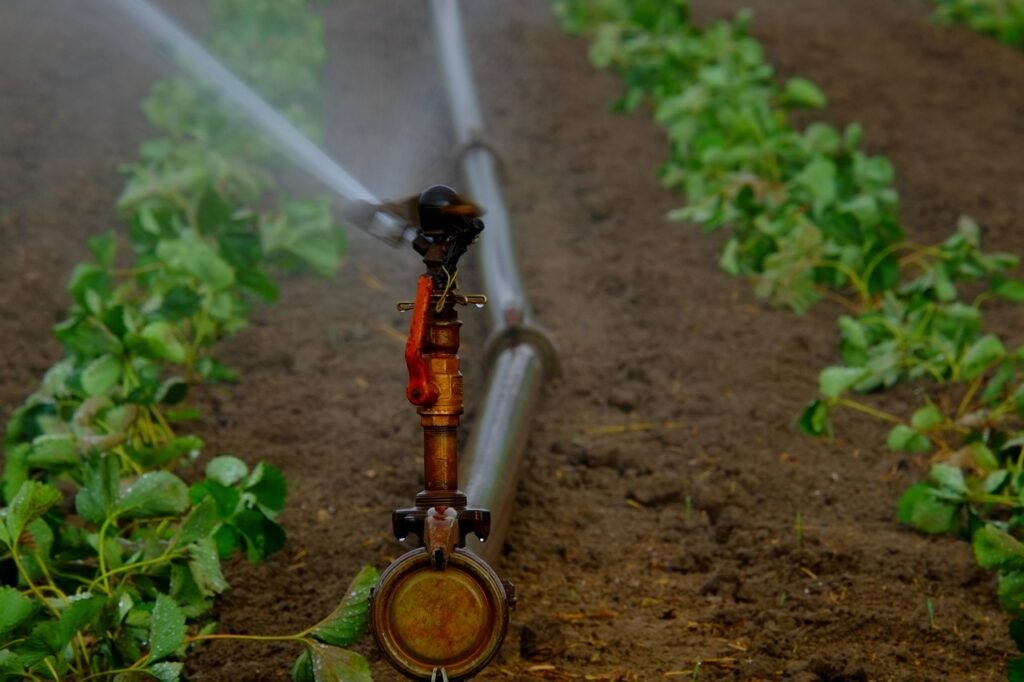Irrigation is a crucial part of agriculture, and the quality of the water used for irrigation can significantly affect crop growth and yield. Choosing the right irrigation water source is therefore essential to ensure the long-term sustainability of agriculture. We’ll explore some of the selection and precautions for irrigation water sources.
Selection of Irrigation Water Sources
When selecting an irrigation water source, several factors need to be considered, including the following:
- Water quality: The quality of the water source is one of the most critical factors to consider. Water should be tested for pH, salinity, alkalinity, nutrient content, and other parameters to ensure that it is suitable for irrigation.
- Availability: The availability of water is another essential consideration. The water source should have a sufficient quantity of water available to meet the irrigation needs of the crop.
- Reliability: The reliability of the water source is another critical factor. The water source should be consistent in terms of flow and quality to ensure that the crops receive a consistent supply of water.
- Proximity: The proximity of the water source to the farm is also an essential consideration. The closer the water source is to the farm, the more cost-effective it will be to transport the water.
- Cost: The cost of the water source is another crucial factor to consider. The cost of the water source should be evaluated in terms of both the initial cost and the ongoing operational costs.
Precautions for Irrigation Water Sources
In addition to selecting the right water source, there are several precautions that farmers should take to ensure the quality of the irrigation water. Some of these precautions include the following:
- Water treatment: Irrigation water should be treated to remove any contaminants, such as pathogens or chemicals, that could be harmful to crops or humans.
- Water storage: If water is stored before use, it should be stored in a clean and secure container to prevent contamination.
- Irrigation timing: Irrigation should be scheduled to avoid watering during peak sunlight hours, which can increase water loss through evaporation.
- Irrigation method: The irrigation method should be selected based on the crop’s water requirements, soil type, and climate. Different irrigation methods, such as drip irrigation or sprinkler irrigation, have different water efficiency levels.
- Crop selection: The selection of crops should be based on the availability and quality of the irrigation water. Some crops may require higher-quality water than others.
Conclusion
Choosing the right irrigation water source is essential for the long-term sustainability of agriculture. Farmers should consider water quality, availability, reliability, proximity, and cost when selecting a water source. In addition, precautions such as water treatment, storage, irrigation timing, irrigation method, and crop selection should be taken to ensure the quality of the irrigation water. By taking these steps, farmers can ensure that their crops receive the water they need to thrive while protecting the environment and human health.


